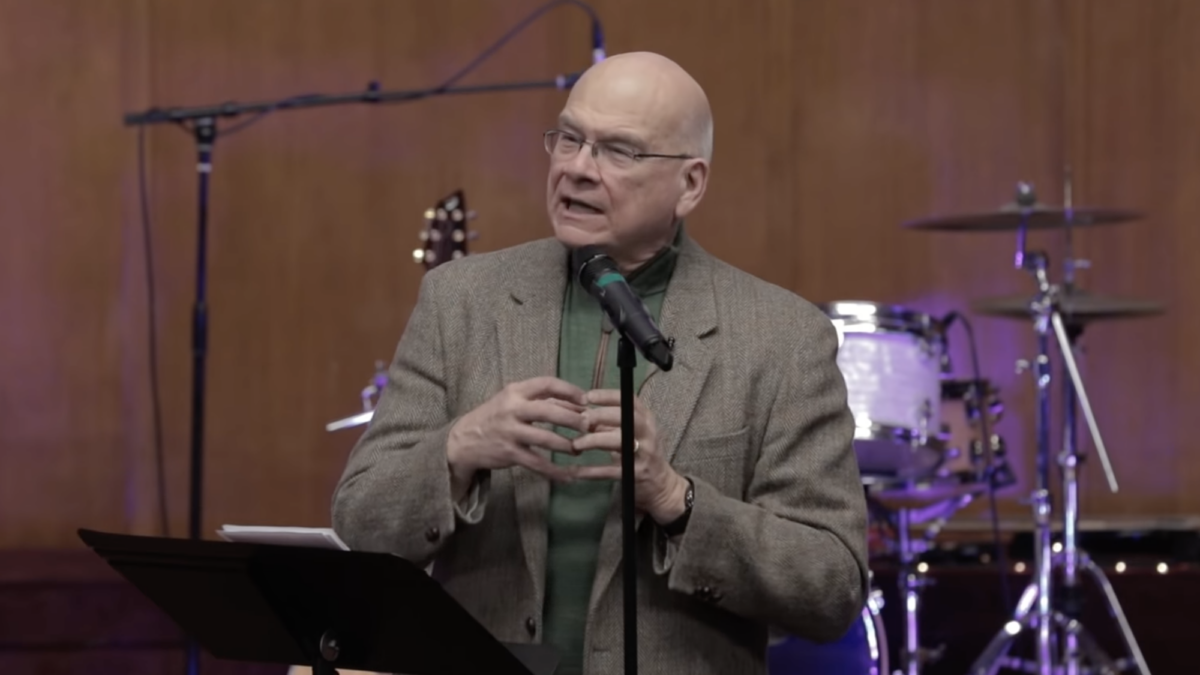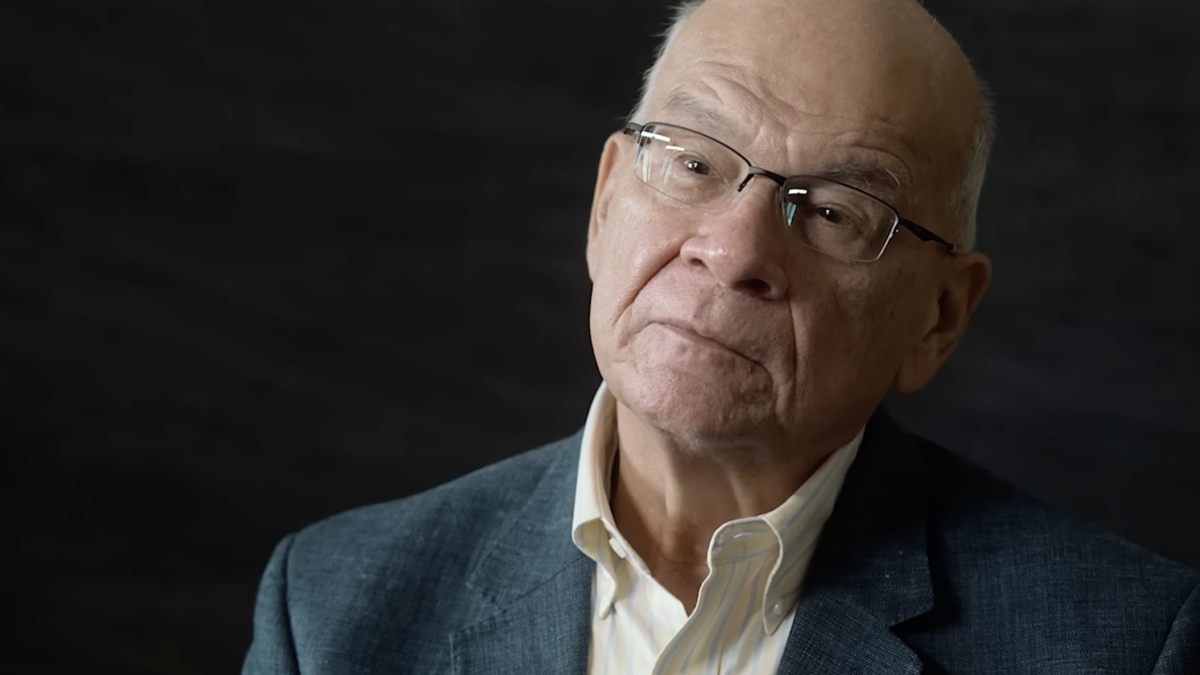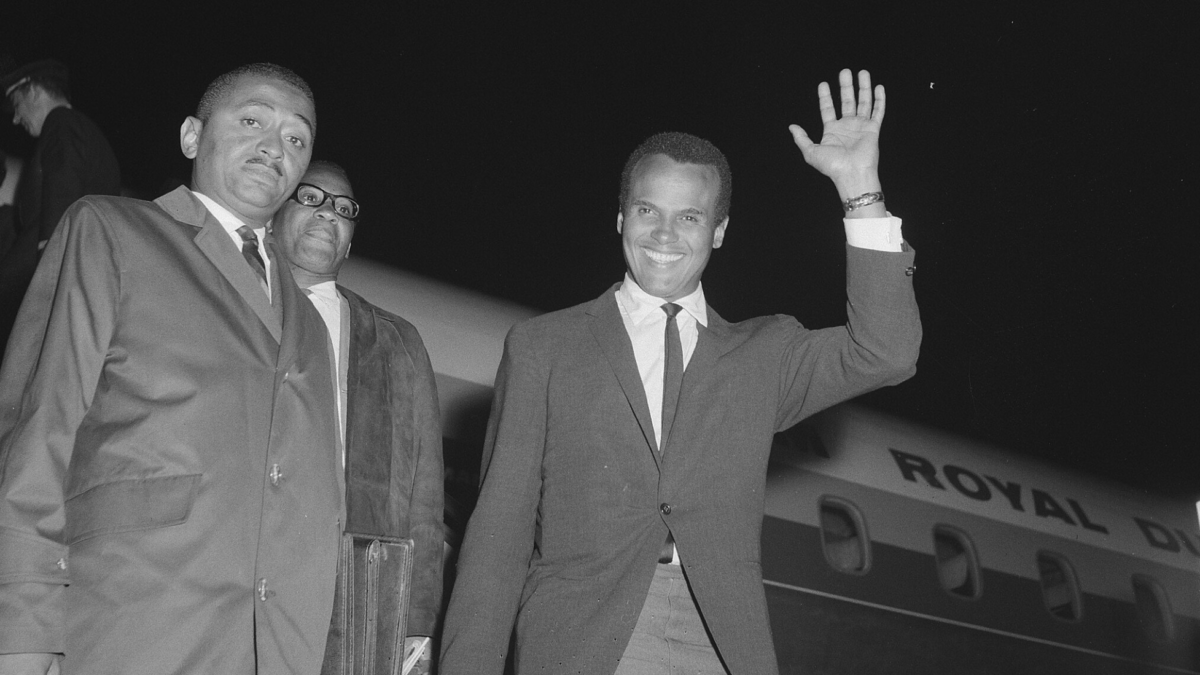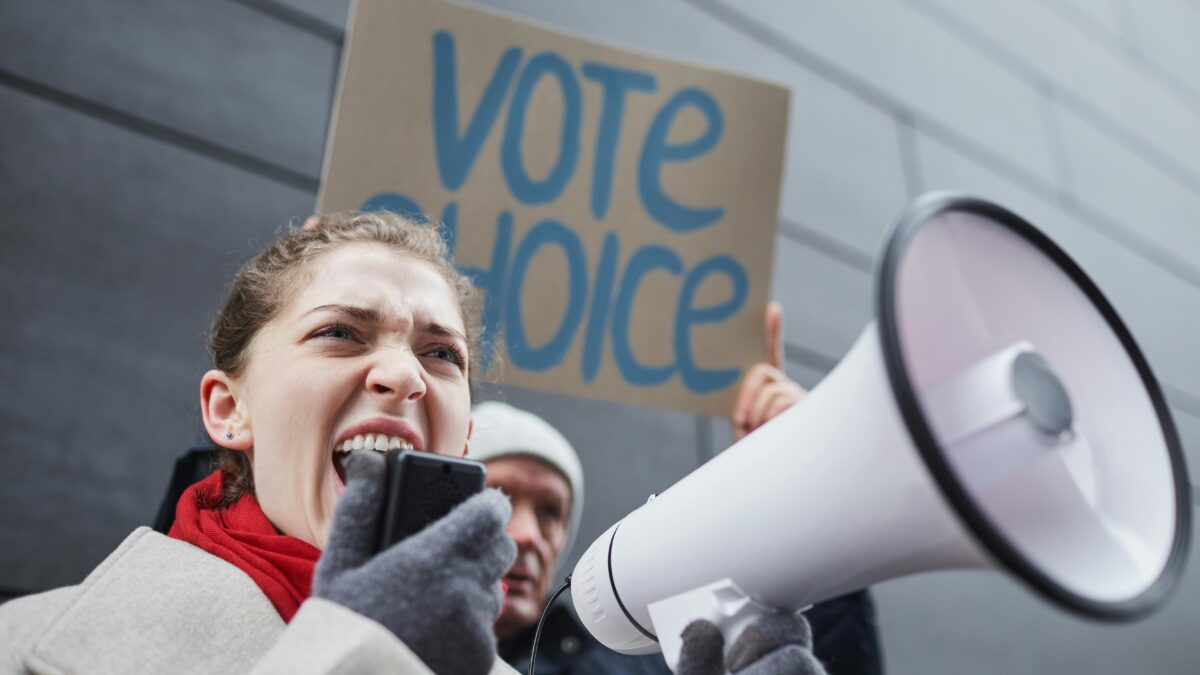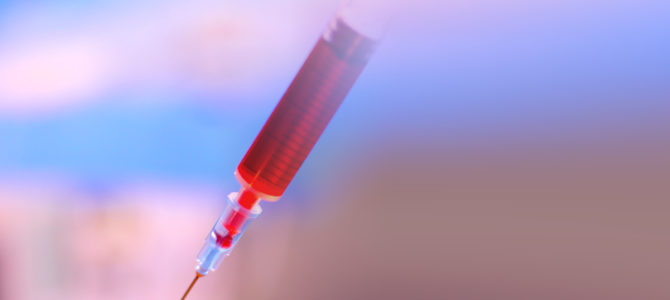
Slippery slopes really do exist. When a Catholic institution opens its doors to the forced exit of euthanasia, we know just how far down the greased pole we have dropped. Our culture’s moral trajectory toward legalized murder has accelerated faster than we imagined, and the Brothers of Charity Group in Belgium offers insight into the pace of descent.
From its beginning, Christianity has championed the inviolability of life as an absolute, not simply one nice thought among others. The Catholic Church has stood against physician-assisted suicide and warned against the ineluctable slide from high-sounding “death with dignity” to death on demand and its agent: lawful killing. Until this year, it was inconceivable that any Catholic institution—anywhere, at any time—would classify euthanasia as a legitimate medical procedure. Yet that is precisely what happened in Belgium at the end of May.
How To Appease Mental Suffering?
The Brothers of Charity is a religious order that has served the mentally ill with tender vigilance for 200 years. This year, its Belgian base announced intentions to include euthanasia under the umbrella of medical care. The Belgian group will recognize a physician’s “therapeutic freedom” to practice euthanasia in all 15 of its care facilities. In addition, it will practice it on psychiatric patients who are not terminally ill. Going forward, mental suffering alone will justify annihilation of the sufferer in the name of medicine.
Active worldwide, the Brothers of Charity is a distinguished community. In 1807, during the post-Napoleonic flowering of new religious orders, Fr. Petrus Joseph Triest—now proposed for canonization—gathered around him in Ghent a handful of young men consecrated to the care of the elderly poor. Their particular concern was for the mentally ill. This small assembly gradually developed into an international congregation with houses in 30 countries, including the United States. [They maintain a home in Philadelphia for intellectually disabled adults; and are planning a project in DC for veterans with mental problems.]
Today, the order is considered the most important provider of mental health care services in Flanders—the Dutch-speaking region of northern Belgium—where they minister to about 5,000 patients a year. (They also run schools. All told, they serve some 30,000 people through care or education.) Since the legalization of euthanasia in 2002, institutions run by the Brothers of Charity have worked against the grain of secular culture. They took on an oppositional role by insuring safety from mercy killing to all they tended. How, then, to grasp the group’s decision to submit its historic mission to the dark embrace of therapeutic freedom and the ideology of patient autonomy? Some context is needed.
Euthanasia on the Rise
Euthanasia is on the rise. “It’s like a rolling ball that goes on and on,” said Kenneth Chambaere, a University of Brussels researcher in end-of-life protocols. Greater willingness to eliminate pain—including psychic pain—by eliminating the patient has seeped into popular culture in the name of that vague determinant: quality of life. Ghent University ethics professor Freddy Mortier explained: “Euthanasia has been increasingly accepted by the patients as a valid option at the end of their life. They are increasingly asking for it. Physicians themselves are more inclined to comply with the wishes of the patients.”
Inclination slides easily into subjective judgment about which lives are deemed livable. Relieved of liability, Belgian doctors can rationalize their way to providing death as a form of treatment. Eight years after legalization, research conducted by the Canadian Medical Association Journal (CMAJ) in 2010 found that 32 percent of euthanasia deaths in the Flanders region of Belgium occurred without an explicit request.
Numbers between studies vary but the direction is consistently upward. Last September, Reuters reported that “in the decade after Belgium legalized doctor-assisted death, the number of patients using it to end their lives rose nearly eight-fold, according to records of the national euthanasia control committee.”
According to a 2015 study published in the New England Journal of Medicine, one in 20 Belgian deaths in 2013 were by euthanasia, more than double the number six years previously. A significant majority—at least 75 percent—of Belgians euthanized in 2013 were Dutch speakers. That makes Flanders the epicenter of a coup de culture that employs the phrases of Judeo-Christian concern for human life to facilitate the planned ending of it.
The History of ‘Dignified Death’
In 2002, the Netherlands became the first country since Nazi Germany to sanction euthanasia. Belgium followed suit, legalizing euthanasia for people in “constant and unbearable physical or mental suffering that cannot be alleviated.” In 2014, it extended “the right to die” to minors of any age, the first country to permit lethal injection of children. In 2016 the first Belgium child was euthanized. Wim Distelmans, chair of Belgium’s Federal Control and Evaluation Committee on Euthanasia, observed the occasion by noting that, although few children had demanded mercy killing, “that does not mean we should deny them the right to a dignified death.”
The category creep of admissible reasons continues. With medicalized killing now available literally from cradle to grave, the Brothers of Charity face political and financial pressure to make their own protocols coincide with Belgian law. The Catholic News Service reports that the group’s new policy arrives in the wake of a court-levied fine against a Catholic rest home in Diest, Belgium, for refusing to allow the euthanasia of a lung cancer patient on its premises.
The home was ordered to pay 6,000 euros after it prevented doctors from giving a lethal injection to Mariette Buntjens, 74, who instead was taken by ambulance to her private address to die “in peaceful surroundings.”
The Brothers’ Purposes For Euthanasia
The trickle-down effect of societal pressure creates internal pressure within the order itself. While Brother René Stockman, superior general, openly opposes the decision, many in the Belgian Group favor it on the grounds that “a carefully guided euthanasia can prevent more violent forms of suicide.” In other words, euthanasia is an acceptable prophylactic against what Germans matter-of-factly call selbstmord. Self-murder.
The Belgian Group’s lay board of directors concurs. Ray De Rycke, chairman of the board, subordinates traditional emphasis on sanctity of life to the tropes of patient autonomy:
The protection of life remains fundamental. But we also want to respect the patient’s autonomy, even if he has the desire to live no longer. We do not approve of the act [euthanasia] as such, but respect the demand and see permitting it as a form of charity.
Belgian bishops are embarrassed by the Group’s policy which contradicts their own directives stated in previous weeks. Pope Francis has given the Brothers until the end of August to stop providing euthanasia to psychiatric patients, and to amend its policy. Brother Stockman said that Francis gave “personal approval” to punitive juridical steps, in accord with canon law, if the Group refuses an ultimatum to alter course.
Seeking Truth Over Euphemism
We will know soon enough whether the Brothers return to their traditional charism or submit to the euphemisms —deliverance, aid in dying, voluntary assisted dying—that obscure the reality of intentional killing.
Meanwhile, it is crucial to remember that the issue here is not pain management.
Popular acceptance of euthanasia has tangled roots, chief among them terror of a lingering death attended by intolerable suffering. But that is a different matter, one not relevant to the Brothers of Charity who have at their disposal effective means of alleviating pain. As Carine Brochier, a bioethicist in Brussels, states: “Palliative care is very good in Belgium.”
Moreover, the Church position on the use of painkillers is far more nuanced than is commonly understood. The 1997 Catechism of the Catholic Church reads:
The use of pain killers to alleviate the sufferings of the dying, even at the risk of shortening their days, can be morally in conformity with human dignity if death is not willed either as an end or a means, but only foreseen and tolerated as inevitable.” (CCC#2278).
Brother Stockman distills the order’s prophetic mission this way:
In mental suffering, man’s existential dimension is affected, which is why psychiatric patients very often ask questions about the meaning of their lives and whether it would be useful to go on living. This where psychiatric care and therapy come in. To listen to the patient’s concerns and try to offer a new perspective.
. . . Today, the profession continues to make progress in treating mental illness. Even when there is no total cure, we can always accompany the patient. To use euthanasia as a kind of ultimate therapy would be utterly unworthy of us. It would be as if we were helping a patient who is on the verge of the abyss to take the leap of death by giving him a little push.
In the end, the Brothers are not hampered in palliative care-giving by Church strictures. Rather, their charity is distorted by the dogmas of a changing moral world poised to terminate the sufferer in order to eradicate suffering. Such is a culture that honors the sanctity of life by ending it. To people who admit no intrinsic difference between man and other creatures, the words of the catechism are incoherent: “We are stewards, not owners, of the life God has entrusted to us. It is not ours to dispose of.” (CCC #2280). But in an increasingly secular culture, the meaning of stewardship loses resonance.


